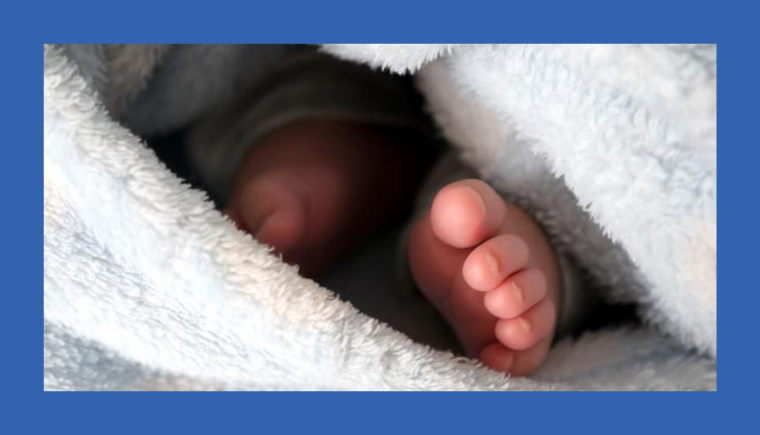
Dr Ian Hyslop is a senior lecturer in the School of Counselling, Human Services and Social Work, Faculty of Education and Social Work at the University of Auckland.
The intent of this article is to provide some wider background and context to the current critique of child protection policy and practice within Oranga Tamariki. The theory and practice of child protection social work is challenging, but it is not as complicated as it is often made out to be. The following, in brief, is a summary of how the story has played out so far.
Since the ‘re-discovery’ of child physical abuse by the American paediatrician Henry Kempe and his research team in 1962, we have seen the growth of investigative child welfare bureaucracies across the Anglophone world. In the public mind, social work and forensic child protection practice have become largely synonymous. In recent times there has been increasing criticism of this narrow approach to the social problem of child maltreatment. It often has serious unintended consequences and has not worked well for indigenous populations anywhere in the world: destructive racist outcomes are produced.
In the 1970s we saw an unprecedented spike in the number of Māori children taken into the care of the state – mainly through petty offending. These children graduated to the prison system. This ‘welfare’-driven policy had devastating effects which continue to echo in the lives of whānau Māori today. The 1988 Report into a Māori Perspective for the Department of Social Welfare – Puao te Ata Tu – said “give us back our children”, and the 1989 Children, Young Persons and their Families Act was designed with this aim in mind.
This intent was never resourced adequately – beyond the superficial trappings of bicultural practice. The political tide turned. The 1990s saw weakened unions, job losses, benefit cuts, reduced social services, corporate culture in the public service and a focus on family responsibility. Māori were given a limited degree of authority to care for their own on Pākehā terms, but real power remained with the Crown.
The Clark-led governments of the 2000s adopted a softer form of neoliberalism akin to New Labour in the UK – the ideology of a hand-up rather than a hand-out. Child protection here and overseas was rocked by numerous child abuse tragedies born of over- and under-intervention in large stressed forensic bureaucracies. We saw a raft of official inquiries with similar recommendations but ultimately no solutions. Poverty, social division and mistrust born of greater economic inequality did not help.
Under National-led governments from 2011 to 2015 we had a series of shock- and scandal-driven child protection reviews under a stricter neoliberal social investment umbrella, which was all about detecting individual abusers and stopping the rot. It was based on the politically convenient and overly simplistic idea that dangerous families reproduce trauma and cost the state money. The Productivity Commission told us the problem was a group of people called ‘Class D’. Paula Bennett told us that poverty is no excuse for abuse. Judith Collins told us that poor parenting causes poverty.
The Expert Advisory Panel that generated the current Oranga Tamariki leviathan was a put-up job. It was chaired by Paula Rebstock, who was fresh from disciplining beneficiaries on the Welfare Working Group. The much-needed reform of services to children in care was used as a Trojan horse for a social investment approach to child protection. The pre-set idea was to identify and fix high-cost families and to place their children in loving homes if this didn’t work. It is 19th century welfare in corporate language.
The increase in Māori babies entering care arose from this process. These systems trawl through low-income families and will always impact on Māori disproportionately. This is a legacy of colonisation and liberal capitalism.
The new, more Māori-friendly, parts of the new OT legislation came from Māori dissent in and outside of the system rather than the Panel façade. Māori people well know that it is the state that has historically visited trauma and social cost upon them, not the other way around. All us Kiwi Pākehā know this, too, although we endlessly try to bury the truth. I guess it makes us feel better about our imaginary selves. I would like to think it is time to collectively grow up and face the realities of our history and our present.
It is time to recognise two things. The generalised application of a centrally-driven state child protection bureaucracy to the social problem of child maltreatment in an unequal society does not work very well and certainly not for the marginalised working-class families who are targeted by it. Secondly, we need to make the commitment to devolving child protection services to Māori. The old vision has not worked – it is not fit-for-purpose. A new vision of real partnership, empowerment and self-determination is required. It is time to lay the corporate warrior and the troubled Pākehā conscience to rest.
Dr Ian Hyslop worked for 20 years as a social worker, supervisor, and practice manager in statutory child protection practice in Auckland.

You can help I Have A Dream create successful
futures for Kiwi kids.